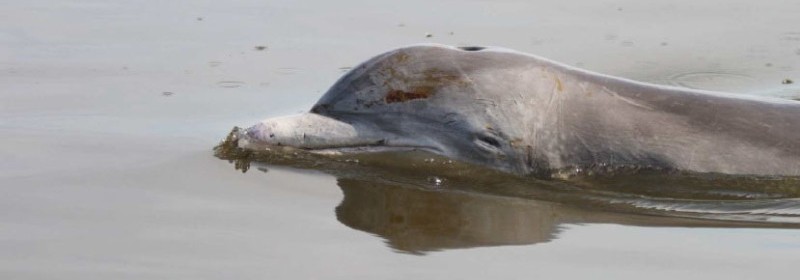Lasting Impact of Deepwater Disaster

It’s been five years since the Deepwater Horizon oil rig exploded in the Gulf of Mexico, killing 11 and releasing a torrent of petroleum into the sea. But despite a massive, multibillion-dollar cleanup effort, the effects of the largest marine oil spill in U.S. history may linger for decades. BP (British Petroleum), which operated the rig, has already paid nearly $3 billion in penalties, and under the Clean Water Act could end up paying roughly $4,300 for each of the 3 million to 4 million barrels spilled. But even as most of the Gulfs beaches appear clean and the seafood industry slowly recovers, the disaster’s long-term environmental repercussions remain largely unknown.
Just 25 percent of the oil spilled has been accounted for, and the impact of that missing oil on the Gulfs ecosystem could persist for generations. Much of the petroleum likely settled on the seafloor, threatening deep-sea corals and bottom-dwelling fish. Bottlenose dolphins, whales, and porpoises have been stranding themselves in large numbers along the shoreline, and the Gulfs populations of oysters, crabs, and endangered Kemp’s ridley sea turtles have declined significantly. “Dolphin deaths continue, Deepwater’s death toll continues to rise. oil is still on the bottom of the ocean, tar balls keep coming up,” says Cynthia Sarthou, executive director of the Gulf Restoration Network. “And nobody really is able to say what we may find in five or 10 years.”

 Print
Print